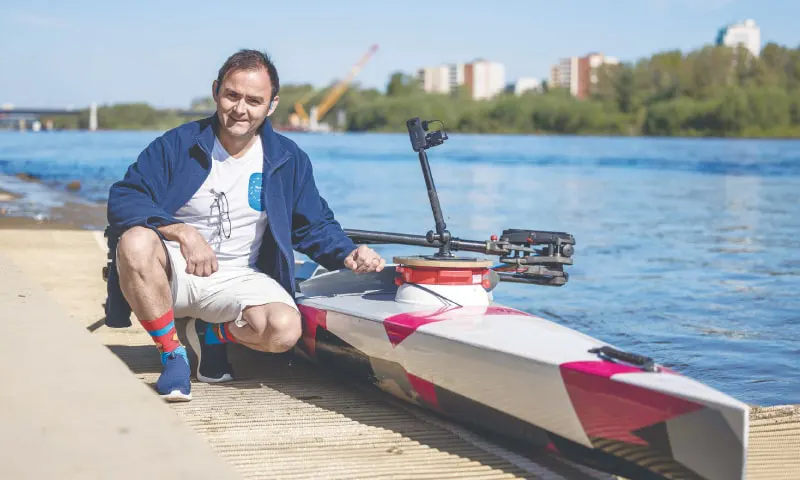An intrepid French traveller embarked on a solo rowing expedition from Poland to France to shed light on the pollution of waterways of Europe.
Christophe Gruault, 58, set off from Poland’s capital Warsaw in a customised rowing boat six metres long and only 60 centimetres wide, with hopes to reach Paris on June 18.
His intended route of 2,023 km will lead through five countries — Poland, Germany, the Netherlands, Belgium and France — and along 22 of the conti-nent’s rivers.
“The aim of the game is to show that what’s beautiful is fragile, and what’s fragile needs to be taken care of,” Gruault said shortly before departing from a bank of the Vistula River.
Gruault plans to raise awareness by meeting high school students along the way and to contribute to scientific research on what is polluting Europe’s rivers and causing them to dry up. “I’m going to take environmental DNA samples that I’ll pass on to the scientists,” Gruault said.
The journey is supported by the National Museum of Natural History in Paris, where researchers will study Gruault’s samples and observations. For Denis Duclos, the museum’s director of European and international relations, the expedition offers insight into the condition of Europe’s main water-ways.
“It will be interesting to take samples before the major cities on the route and after the major cities on the route, in order to see whether the cities have any consequences on the treatment of pollution,” Duclos said.—AFP










